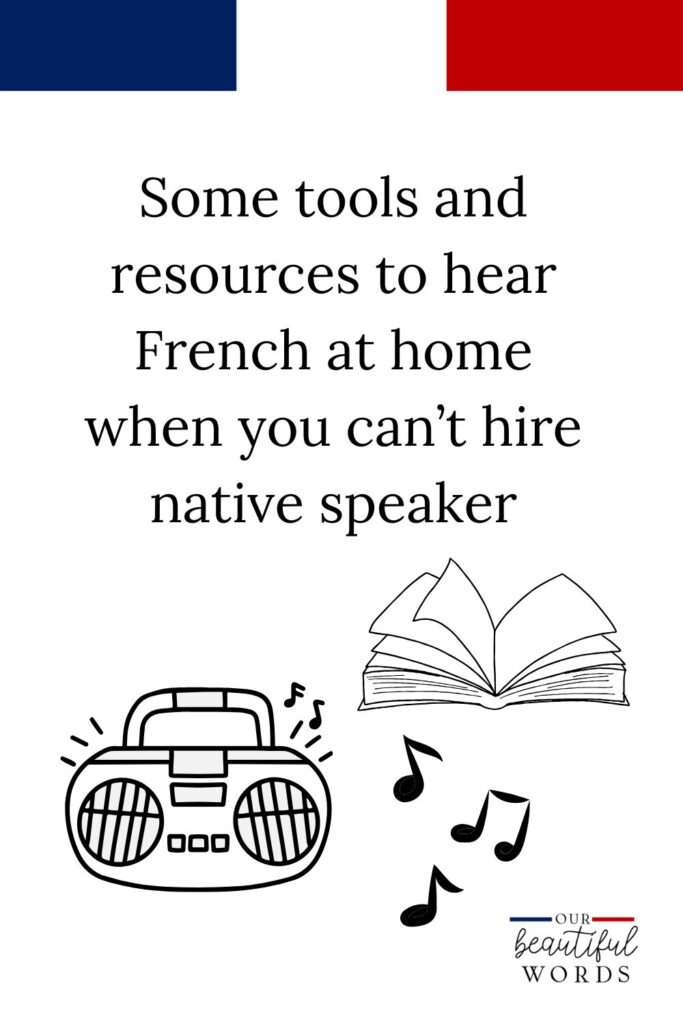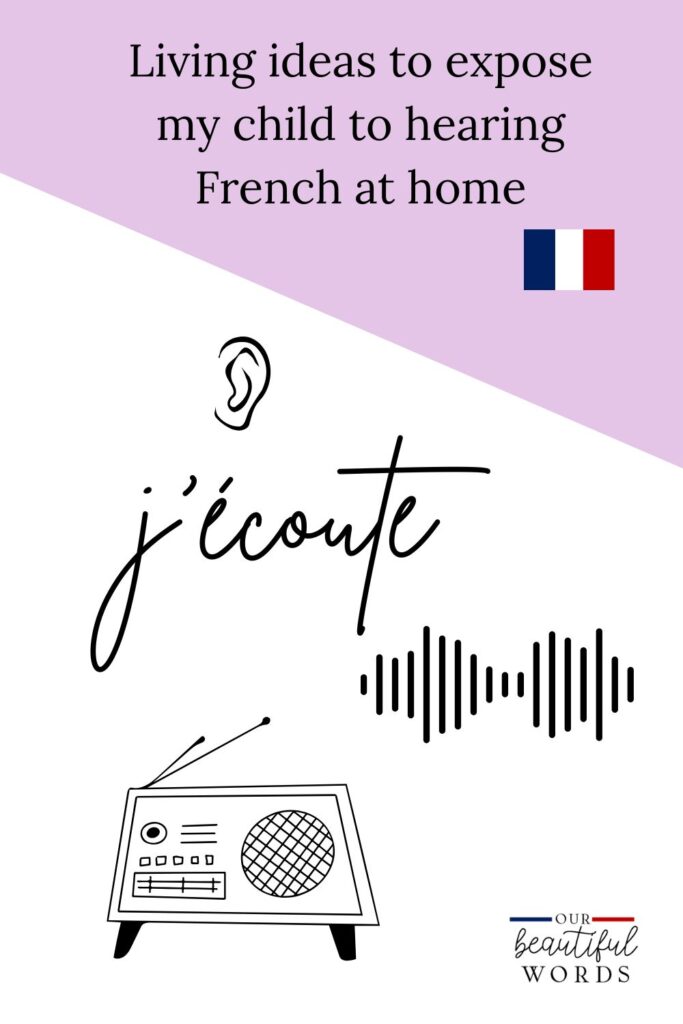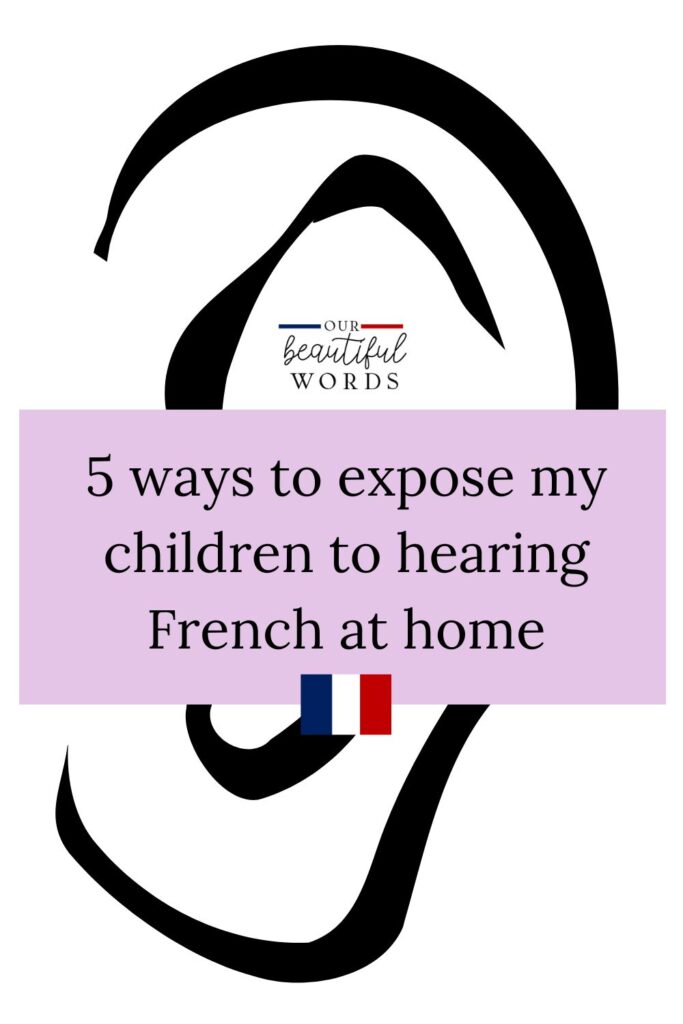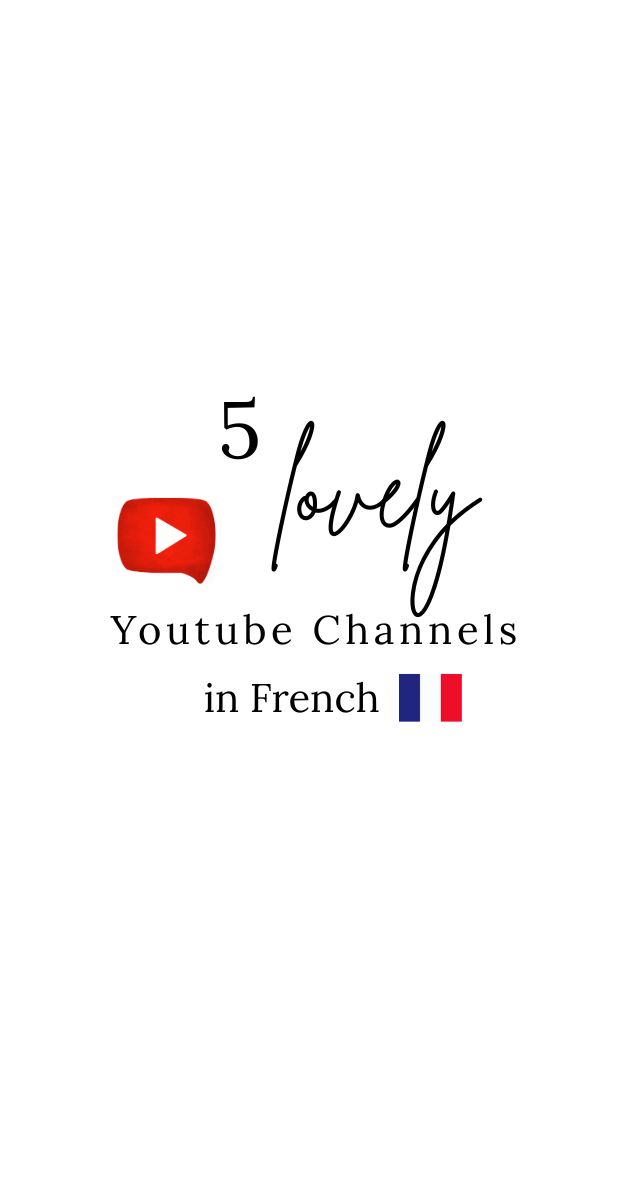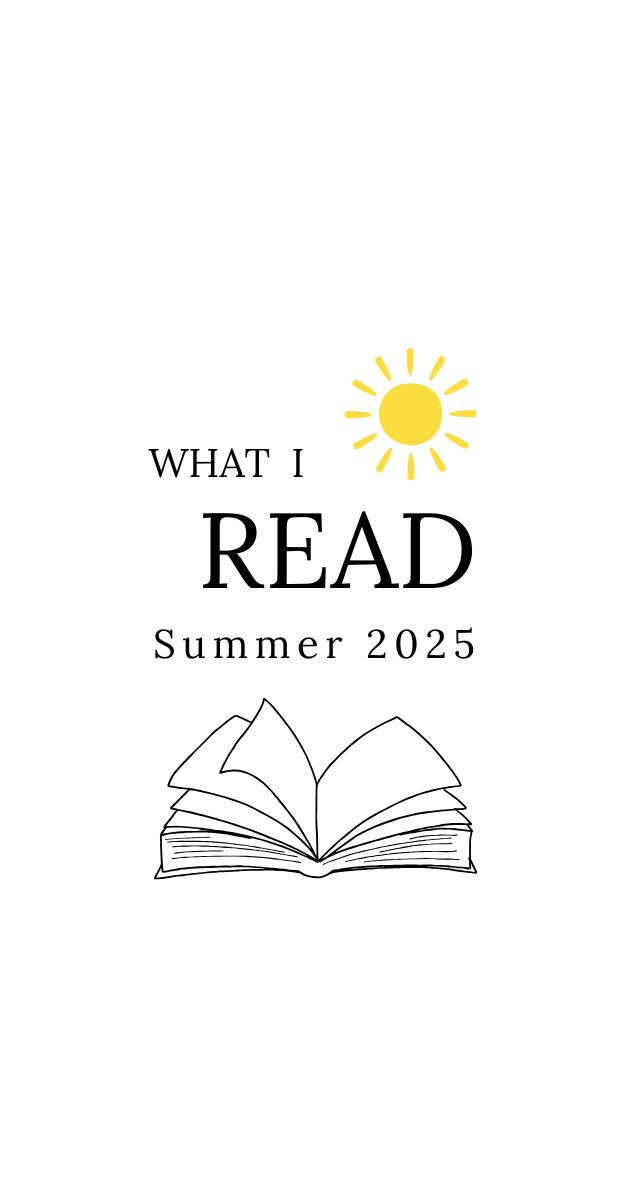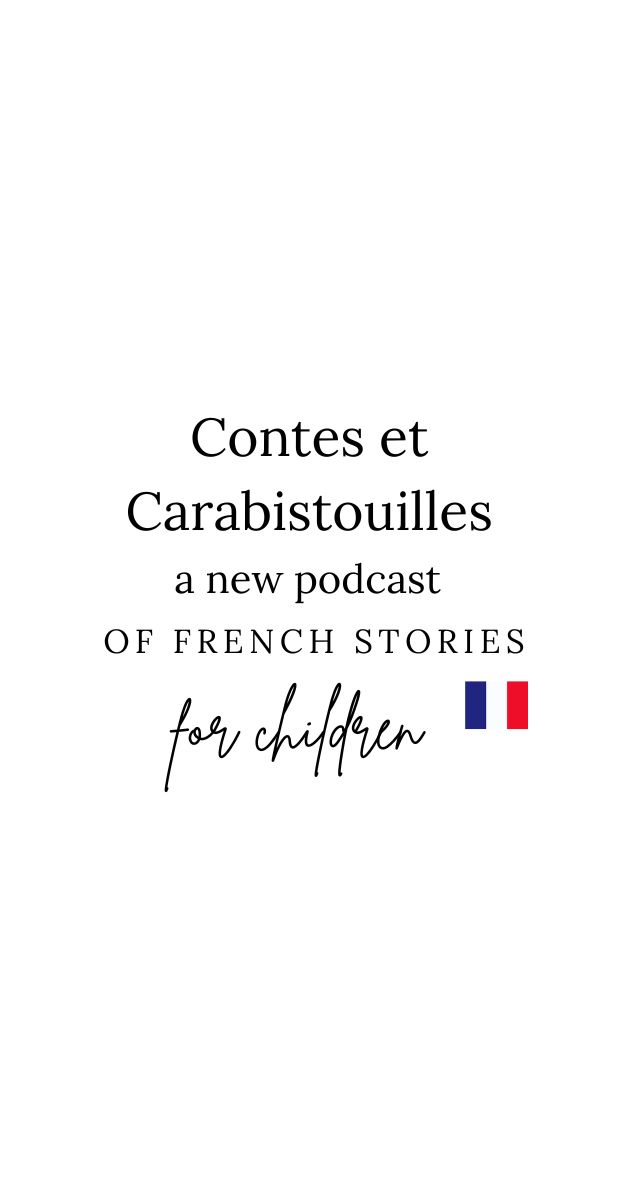Charlotte Mason emphasized the fact children should be exposed to hearing the words and not reading the words (initially). This can be complicated for a couple of reason; firstly, you are likely not a native speaker and thus you need to read the word to be able to say the word. Secondly, there aren’t many books which would only give you the word in French alone (and it can be challenging).
For that reason, I have multiple suggestions to help you.
1/ Using the resources I prepare
When you click on a document in the shop, you will be able to read more about it. I create my resources so that you can see the words, but you don’t have to show your students the words. Though, as they grow in their learning of French you can just pull out the document again (documents that you have been reviewed with them over time, over and over again right ?!) and then show them the written parts. The documents you purchase will be useful for years.
In my main learning series, I provide extra little lessons. Those could touch up some grammar or verbs for example. In this manner, I am blending the living method based on oral learning with written resources. BUT, while everything is in the same document, you must not treat it as a one time do-it-all session.
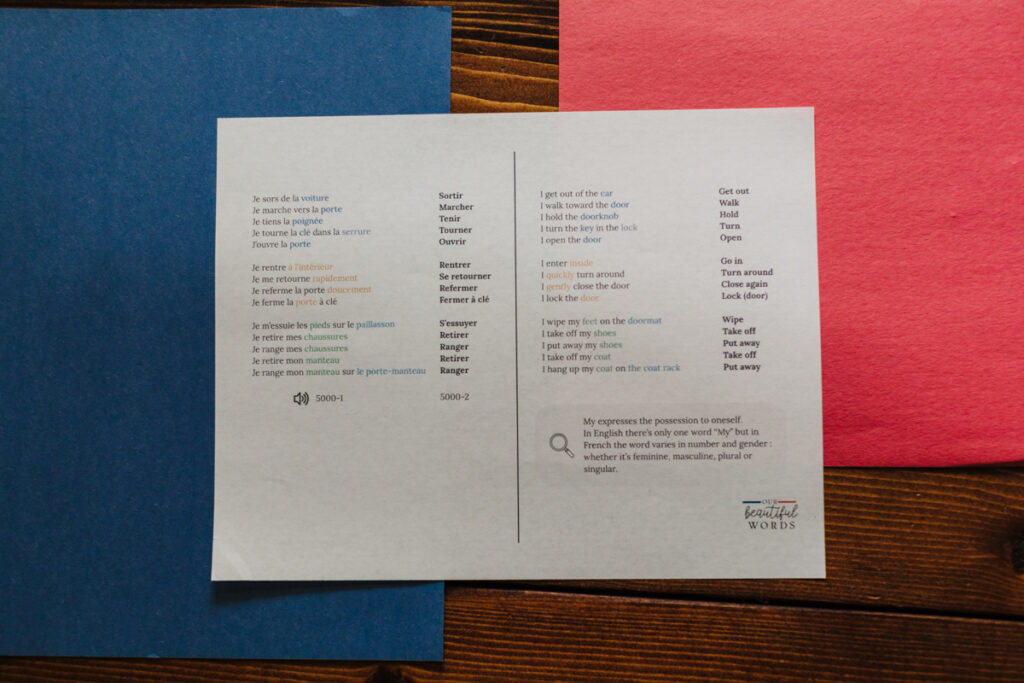
I am also working on documents for poems, nursery rhymes, holiday special, copywork, art, bible, etc. I always provide audio tracks or guide you in order to obtain the audio you need with proper links.
2/ Using bilingual books or books in French exclusively
There are a few children books that are bilingual and easy to purchase in the US if you are teaching French. These books would usually have a picture and the word written in English and French under, thus exposing your child to the written words. I personally don’t worry about these. We use such books weekly and my toddler obviously doesn’t read yet but I simply don’t make him pay attention to that. I use those for myself and you should too. You can use those words to read and pronounce for your child.
To learn more about books for beginners, check out this amazing comprehensive post I wrote to guide you.
3/ Using audiobooks in French
Now this is going to depend on the platforms you have access to but you can listen to some audiobooks for Spotify for example. I created this Youtube playlist as well. Be on the lookout for my next article about a new podcast for French stories that just came out!
4/ Using English books and customizing them
Typically, you can purchase books with words such as Alphaprints first words or Alphaprints sea life, then you take a pencil and you write each word in French under the English one. In order to help you, you can grab another colored pencil and write the word “the way it sounds”. Example : la bouche (the mouth) and it sounds like “boosh”. This is easier than learning to write with phonics, though if you want to learn that or you already know that you’re welcome to use that.
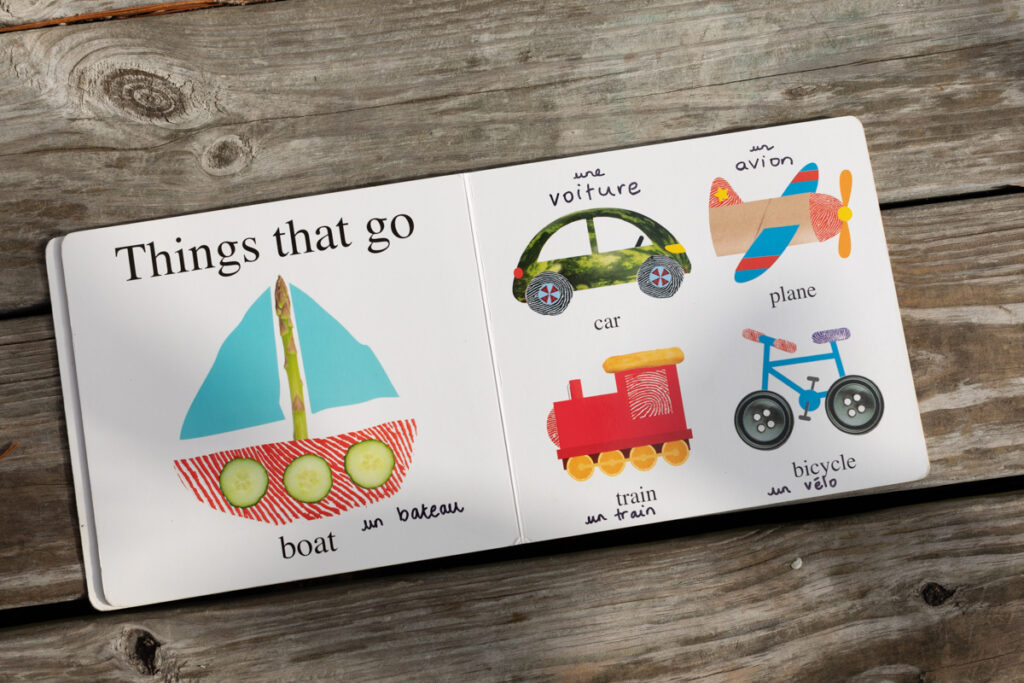
To check how a word is pronounced, my preferred method is to use How To Pronounce: Online Multilingual Pronunciation Dictionary
To check how to write a word, I like to use Linguee | Dictionary for German, French, Spanish, and more or Reverso | Free translation, dictionary. For longer sentences, google translation (https://translate.google.com/?hl=fr ) can also be useful to listen to them.
5/ Listening to music in French
I created the nursery rhymes and songs series for that purpose! Make sure to check out the shop. Each document goes over 5 nursery rhymes at a time, with English and French translations and direct links to good versions of those songs. I also add some vocabulary, questions, anything extra to help understanding or verbs and grammars that are related to a song. I use the songs to extract a little information or lesson out of them, or simply to listen to it and enjoy. Each document is a blend of enjoyment in French and learning new things.
Finger play is also amazing since you act what you sing which is in line with Gouin’s method of acting as you say (to refer to the main learning series on my website). If you click on this article about teaching children how to write inspired by French methods, you can find many videos I listed with short French songs and finger play.
Youtube doesn’t allow to create playlists with videos for children, so I cannot create one but this account has a lot of songs and I really love their versions. They have fully instrumental songs with lyrics. I also like this channel, they have songs recorded by French singers, their versions are more modern, and the music is really nice as well. I love when children’s songs have good instrumental with real diverse instruments.
At the end of the day, what matters is that speaking French becomes a habit in your household, starting with a few simple words (you can say Merci instead of Thank you every time for example).

